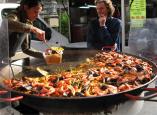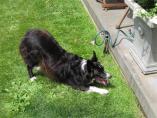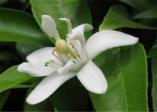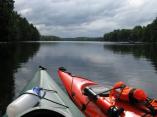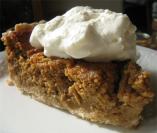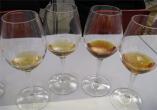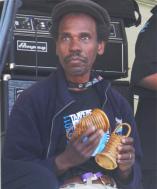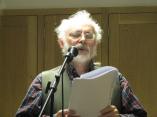With one down (massive cava hangover) and a few more beginning to falter (3 head colds, 1 sore back), we set off for Reus (birthplace of Antoni Gaudi!) where we had a tasting of DOP Siurana olive oil (made from small arbequina olives) at the beautiful art nouveau (modernisme) building housing the Consell Regulador de la Do Suriana:
and heard about various other geographically designated products, including rice, hazelnuts, potatoes and tangerines.
Next stop Cambrils, at the Cooperativa de Cambrils y Borges, where we observed the packaging of peaches, destined entirely (or maybe 90%, depending on who you asked) for external markets. Not an organic or artisanal coop, but a very busy one. We visited the agricultural museum which is part of its headquarters, and had a lunch of salad, spaghetti (Spanish local specialty?) and fried fish.
Off we sped to the docks, where we watched a fish market in action. Instead of an auction, like the one we’d seen in Puglia, here the prices are pre-determined, and buyers gather round a conveyor belt where they drop identifying tags on boxes of fish, and then pay the going rate at the end. Anything not sold off the boats in this way goes to the bigger markets at Valencia and Barcelona. We heard about the EU’s method of conserving fish stocks (they buy back the boats and licenses of small fishermen, removing them permanently from the sea — unfortunately as we’d learned elsewhere the slack is being taken up by large scale trawlers). We stepped onto a fishing boat to see the cleaning and sorting involved. The men were hand-sorting the takings from their dragger nets, which scour across the sand and bring up all manner of crabs, crustaceans and smaller sea life. Larger enterprises would chuck these back in the water, dead, but here they were hand-sorted and sold.
